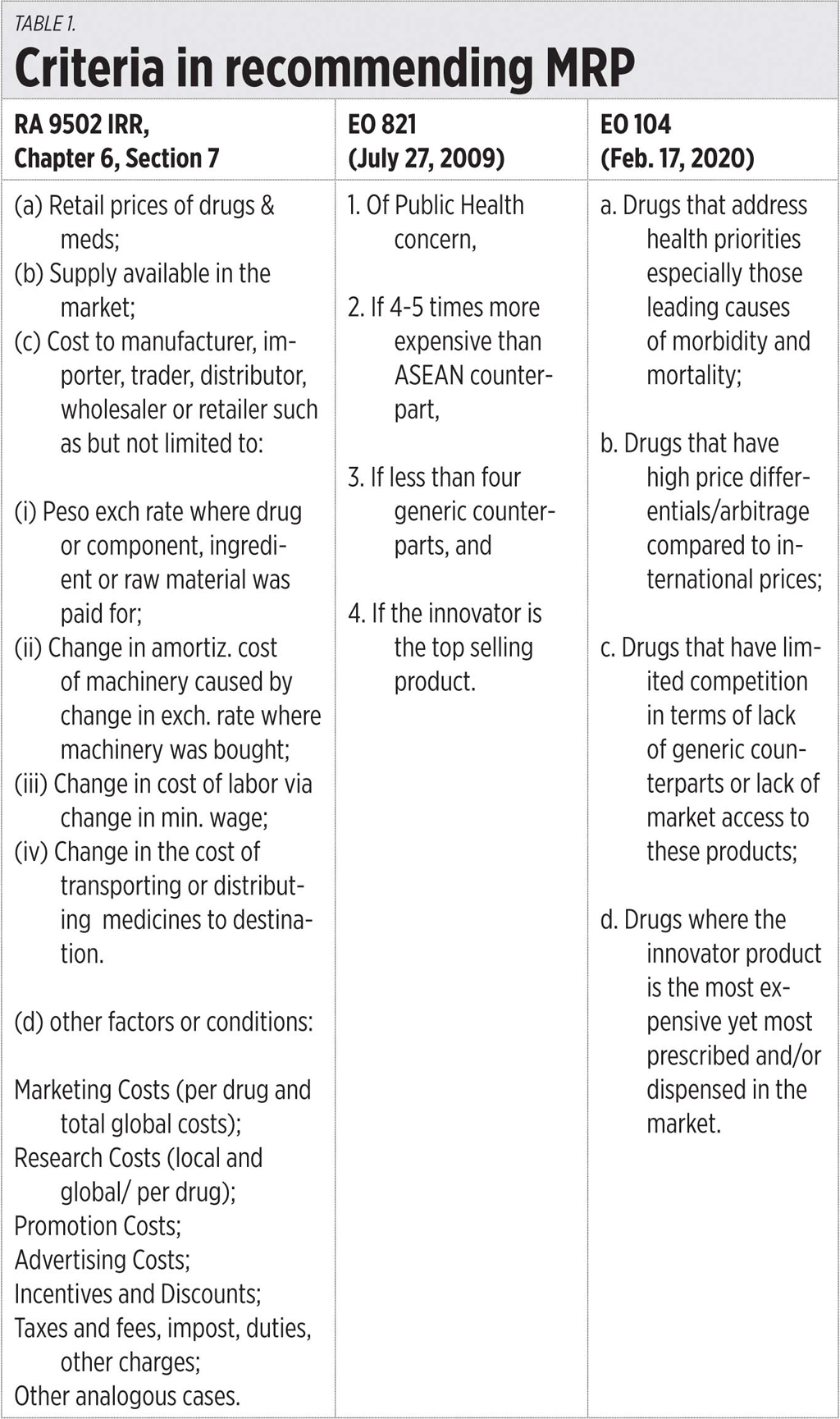Nationwide round-up
Former BI official denies hand in bribery scheme involving entry of Chinese nationals
FORMER BUREAU of Immigration (BI) deputy commissioner Marc Red A. Mariñas has denied allegations that he led the bribery scheme that allowed VIP treatment for Chinese nationals entering the Philippines. “Noong panahon ko walang (During my term, there was no) ‘pastillas’ scheme, hindi ko po alam ang (I do not know that) ‘pastillas’ scheme,” Mr. Mariñas, former Ports Operation Division chief, said in a Senate hearing, Monday. He did admit there were “other irregularities and illegal activities, but not as noted by what was reported by our witness Mr. Chiong.” Immigration Officer-turned-witness Allison Chiong had implicated Mr. Mariñas, among other Immigration officials, in the bribery scheme, which takes its name after a sweet Filipino delicacy that looks like how the bribe money was supposedly wrapped and rolled in paper. The Senate committee on women, children, family relations and gender equality, headed by Senator Risa N. Hontiveros-Baraquel, also criticized the appointment of Mr. Mariñas as chief of the Ports Operation Division in 2016 and his father, Maynardo S. Mariñas, as chief of the Special Operations Communications Unit (SOCU) for conflict of interest. She said having a father and son heading two units at the same time “effectively” rendered the BI commissioner a “lame duck.” Moreover, the senator will recommend subjecting the younger Mariñas and his security officer, Fidel S. Mendoza, among other BI officials, to a lifestyle check. — Charmaine A. Tadalan
Salceda calls for withdrawal of tricycle ban along national highways
A LAWMAKER filed a resolution urging the Department of Interior and Local Government to withdraw its directive banning tricycles along national highways. “The ban is extremely unjust and it fails every test of reason, data-driven logic, socioeconomic justice, and local autonomy. And like all regulations that do not take into account actual human experience, it will fail massively,” Albay Rep. Jose Maria Clemente S. Salceda, who also chairs the House ways and means committee, said in a statement on Sunday. Mr. Salceda filed House Resolution 748 on Monday, which also calls on the House committee on transportation to conduct hearings to come up with “better alternatives.” The resolution cites that “data from the Family Income and Expenditure Survey (FIES) in 2015 shows that the majority of cars (56 percent) are owned by the wealthiest 10 percent of the population, and as a tricycle ban is pro-car, it would be a policy that manages to be both pro-rich and anti-poor, thus failing every test of socioeconomic justice.” The congressman also said his office is working on policies that will result in “equitable mobility.” — Genshen L. Espedido
IBP to raise P25M fund for witnesses in lawyers’ killings

THE INTEGRATED Bar of the Philippines (IBP) will raise a P25-million fund for witnesses in the killings of lawyers, its president said. “We are establishing a P25 Million Lawyers Security and Justice Fund to reward and support crucial witnesses in the successful prosecution of the murderers of lawyers,” IBP President Domingo Egon Q. Cayosa said in a statement. “IBP goes beyond condemning attacks against its members. Families of slain lawyers, regardless of their status or stature can avail of IBP free legal aid. We personally and directly comfort the bereaved families.” The announcement came after the murder of 73-year old Bayani O. Dalangin, a retired Public Attorney’s Office lawyer, on February 28. He was killed in front of his clients in his office in Talavera, Nueva Ecija. Mr. Dalangin was the 48th lawyer killed since 2016, following Fredric E. Santos, the legal division chief of the Bureau of Corrections, who was shot dead in Muntinlupa City by unidentified assailants last February 18. The IBP also signed yesterday an agreement with the Philippine National Police for the protection of lawyers. The group also plans to ink similar agreements with the Armed Forces of the Philippines and the National Bureau of Investigation. — Vann Marlo M. Villegas
Palace asserts Duterte did not violate campaign rules
THE PALACE on Monday asserted that President Rodrigo R. Duterte did not violate campaign rules in the 2016 elections after a poll watchdog called on the Commission on Elections (Comelec) to look into his alleged overspending on television ads. Presidential Spokesperson Salvador S. Panelo, in a chance interview with reporters, said Mr. Duterte “has not violated any law” and that he “is always open whenever he is accused.” On Monday, election watchdog Kontra Daya said Mr. Duterte bought P182 million worth of commercial spots for his 2016 presidential bid based on information stated by broadcasting network ABS-CBN during a Senate hearing last week. “Assuming that a 15-second ad spot costs P500,000 and a 30-second ad spot in popular primetime evening programs costs P800,00, it is probable that spending about P175 million for a single network would already go beyond what is allowed by law,” Kontra Daya said in a social media post. Based on Comelec Resolution No. 10049, candidates running for a national position should not have more than 120 minutes of total TV ads and 180 for radio advertising. — Gillian M. Cortez






